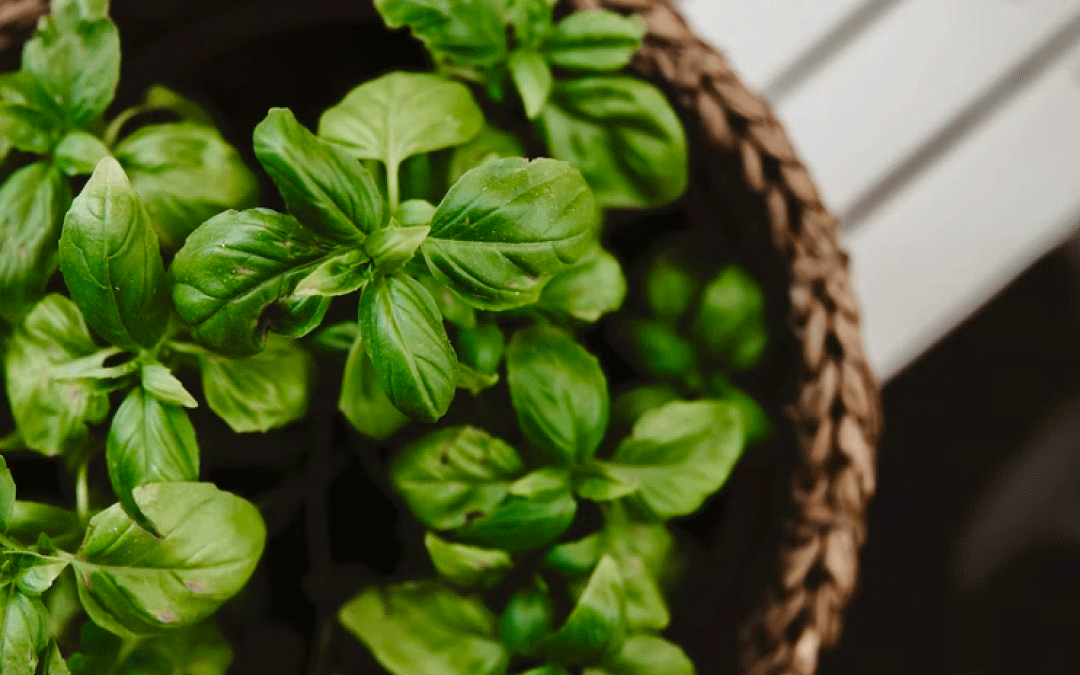From today Lifely has decided to carry out a new and small column called #PlantCare, whose goal is to give advice to anyone who needs help taking care of their indoor and other plants.
We inaugurate this column by talking to you about basil, the aromatic herb most present on the balconies of Italians. Thanks to its unmistakable taste and intense aroma, the leaves are often used to flavor many typical dishes of our culinary tradition including pizza, pasta with tomato sauce and, first of all, Genoese pesto.
Basil is an annual plant belonging to the Labiatae family. Not everyone knows this but our aromatic herb is native to tropical Asia, although it is now widespread and used throughout Europe.
It is often considered a very simple plant to grow even for those who do not have a green thumb but, in reality, there are many small tricks to follow to avoid making it sadly wither. So let’s try to give you some advice that may come in handy.
As we have already said it is an annual plant but it is advisable to start sowing between March and April, in sheltered environments such as greenhouses or closed but bright environments. In fact, basil suffers a lot from low temperatures, which cannot be below 10 ° / 12 ° C to allow its survival. That said, it can also be planted during the winter season, but placing it in a bright place away from dry air, which could damage the plant and attract annoying pests, which could be fatal for the survival of our plant.
Very often basil plants are bought at the supermarket but after a few days they start to dry up and slowly die.
How to prevent this from happening? We recommend repotting the plant in a container more suited to the size of the plant and with peat, so that it can grow luxuriantly.
Basil needs light, rich and warm soil and, above all, sufficient soil moisture, without overdoing it, therefore avoiding watering it down. It is therefore advisable to water it with warm water preferably in the morning, as it is not recommended to keep the roots moist during the night.
The basil seedlings are characterized by a multitude of bright green leaves, which give the typical bright color to our pasta dish with pesto. It is therefore a good habit to prune the shoots regularly, so that the plant grows well and can always develop new fresh leaves.
Finally, it would be better to grow this aromatic herb in the garden even if it is now customary to observe small pots of basil on the balconies and terraces, given its almost daily culinary use. If you choose the pot, preferably in terracotta, it is necessary that the dimensions are large enough to accommodate the growth of our plant.
We hope that these simple tips may have been useful to anyone planning to buy a basil plant, creating their own small personal garden.

